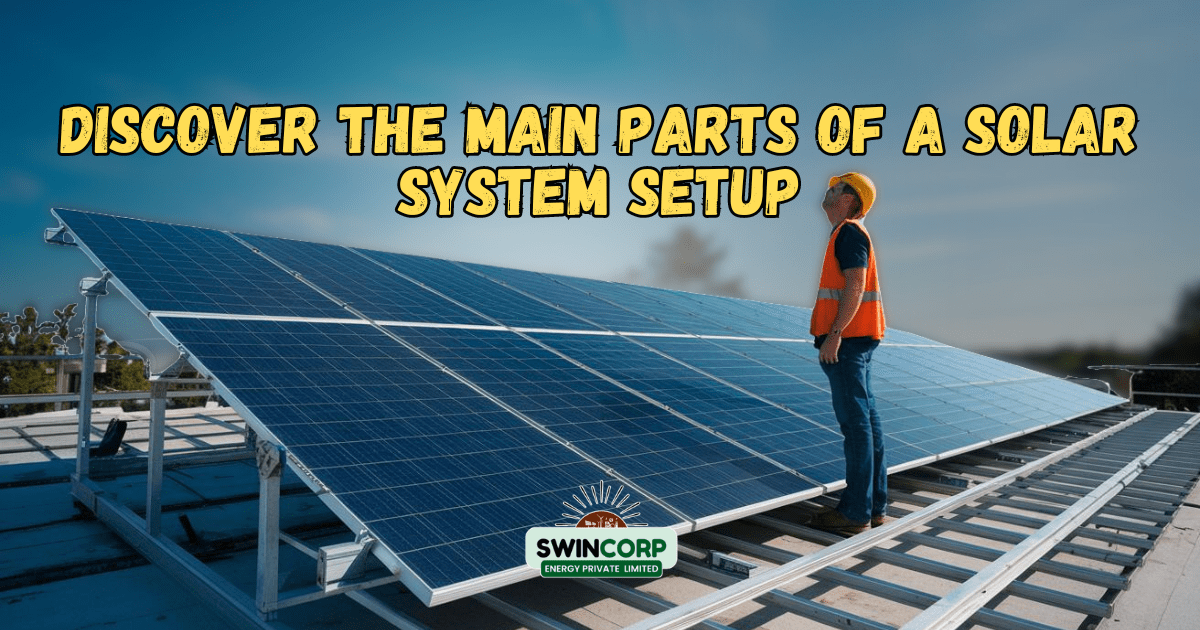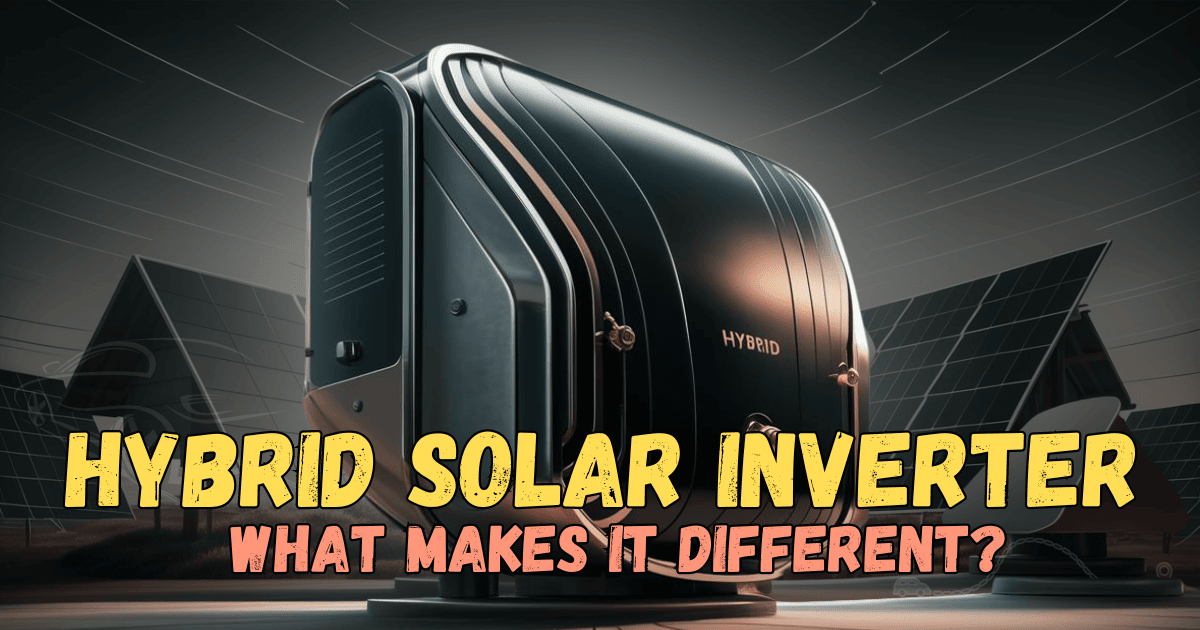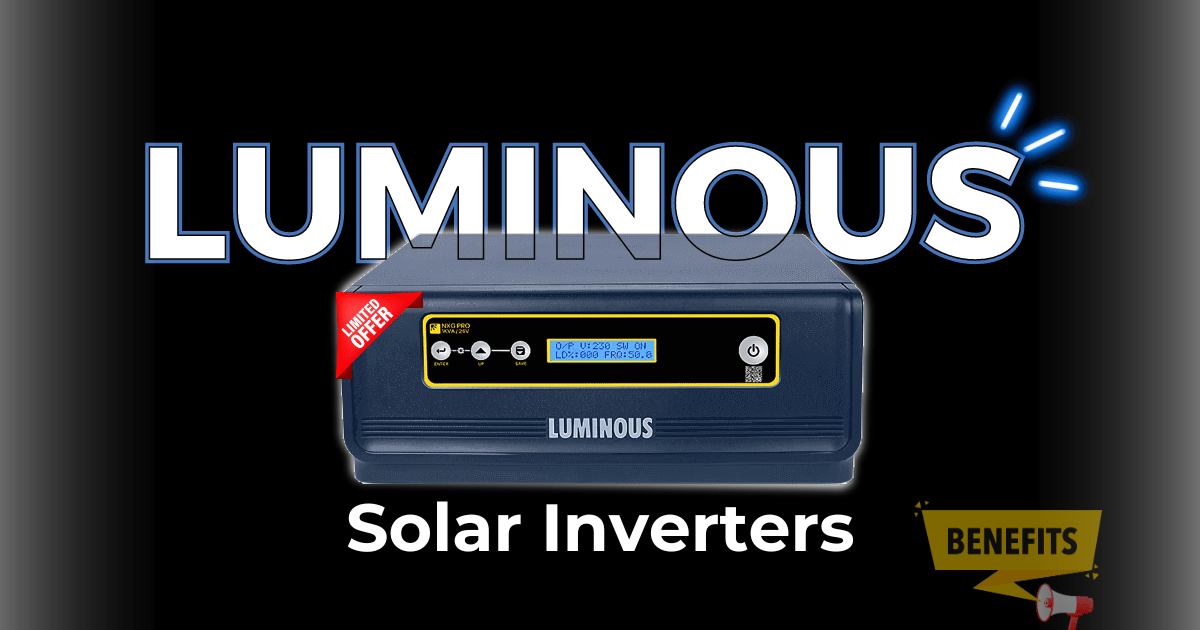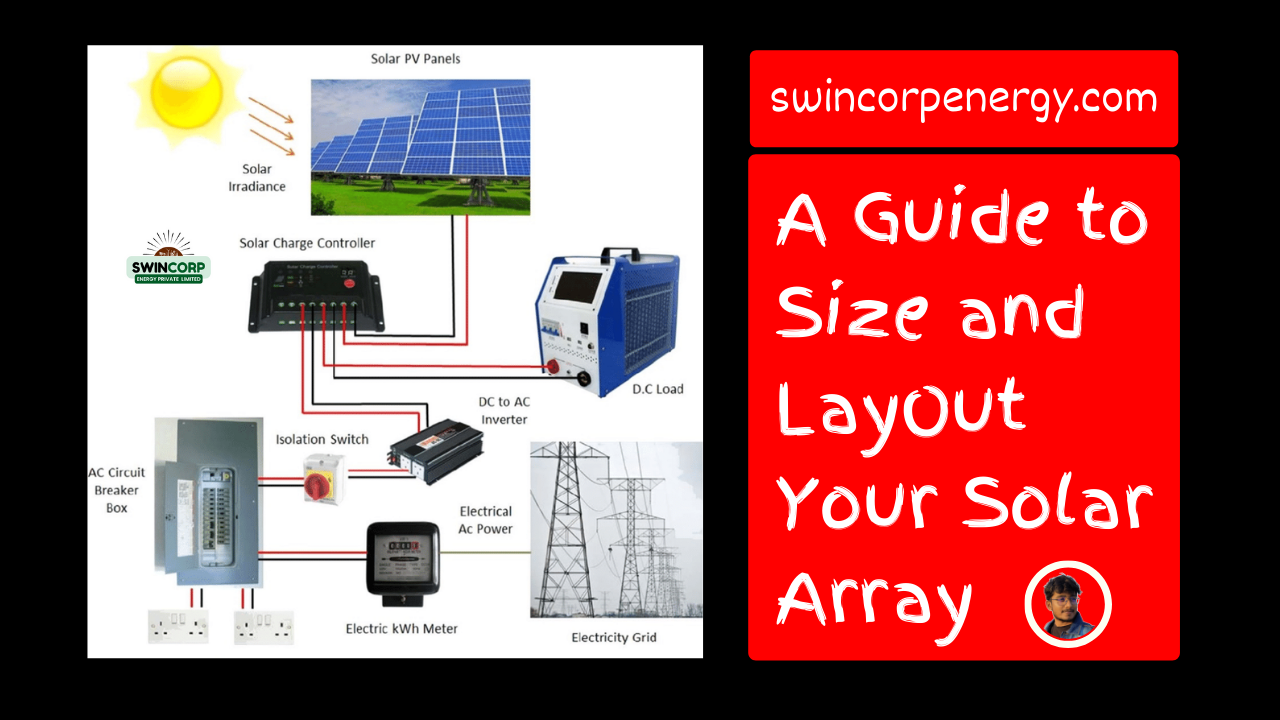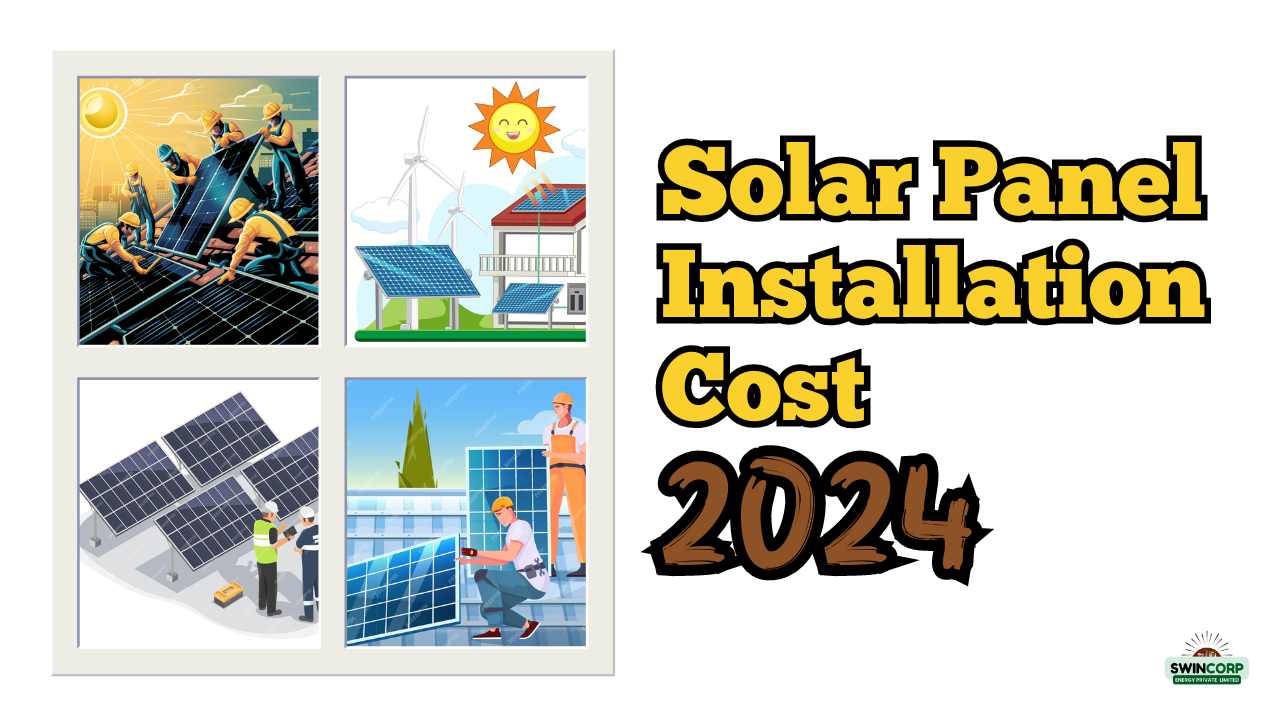What are the Main Components of Solar Panel System?
A solar panel system is a renewable energy solution that converts sunlight into electricity. It consists of several key components that work together to generate and store clean energy. Let’s explore these components in detail.

Solar Panels
- The Heart of the System : Solar panels are the primary components that capture sunlight and convert it into direct current (DC) electricity.
- Solar panels, also known as photovoltaic (PV) panels, are the most recognizable component of a solar energy system. They are made up of multiple solar cells, typically constructed from silicon, which convert sunlight into direct current (DC) electricity through the photovoltaic effect.
- Types : There are various types of solar panels, including monocrystalline, polycrystalline, thin-film, and bifacial. Each type has its own advantages and disadvantages in terms of efficiency, cost, and durability. Most solar panels are made from silicon, but there are also thin-film panels that use materials like cadmium telluride or copper indium gallium selenide.
- Efficiency : The efficiency of a solar panel is determined by how well it converts sunlight into electricity. Modern panels typically have efficiencies between 15% and 22%.

Inverter
- DC to AC Conversion : An inverter is responsible for converting the DC electricity generated by the solar panels into alternating current (AC) electricity, which is compatible with most household appliances and the grid.
- Types : Inverters come in different types, including string inverters, microinverters, and power optimizers. The choice of inverter depends on factors such as system size, efficiency requirements, and budget.
- String Inverters : These are the most common type and are connected to a series of solar panels.
- Microinverters : Installed on each individual solar panel, they can increase efficiency by optimizing the output of each panel separately.
- Power Optimizers : These devices are paired with string inverters to optimize the performance of each panel.
What Is a Mounting System?
The mounting system secures the solar panels to your roof or another surface. It ensures that the panels are positioned at the correct angle and orientation to maximize sunlight exposure.
Types of Mounting Systems
- Roof-Mounts: These are attached to the roof and are commonly used for residential installations.
- Ground-Mounts: These are installed on the ground and are suitable for larger installations or properties without suitable roof space.
- Tracking Systems: These systems move the panels to follow the sun’s path, increasing energy production.
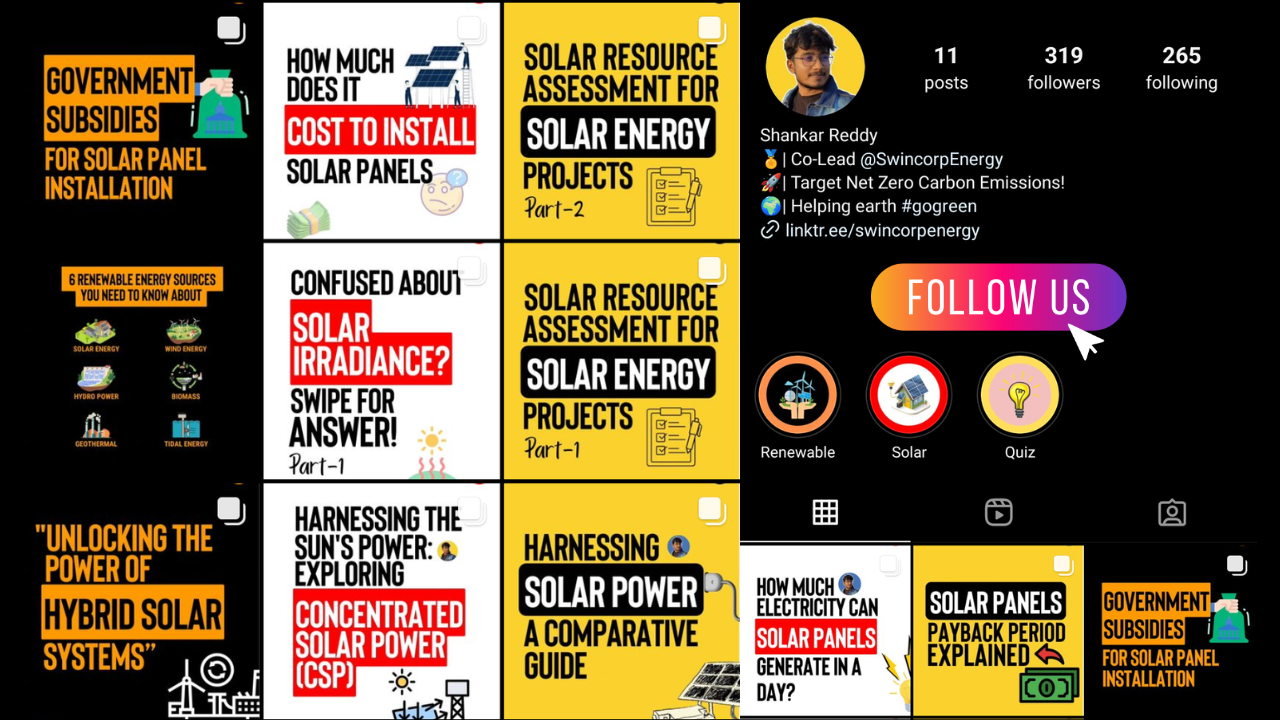
Follow us for more Information on Solar Energy
Solar Battery
A solar battery stores excess energy generated by the solar panels for use during times when sunlight is not available, such as at night or during cloudy days.
Benefits of Solar Batteries
- Energy Independence : Store energy for use during power outages or high-demand periods.
- Cost Savings : Use stored energy to reduce reliance on grid power, potentially lowering your electricity bills.
- Types : Common types of batteries used in solar systems include lead-acid, lithium-ion, and flow batteries. The choice of battery depends on factors such as storage capacity, lifespan, and cost.

Solar Charge Controller
- Battery Management : A solar charge controller regulates the flow of electricity from the solar panels to the batteries, preventing overcharging or undercharging.
- Types : There are two main types of solar charge controllers: PWM (Pulse Width Modulation) and MPPT (Maximum Power Point Tracking). MPPT controllers are generally more efficient as they can extract maximum power from the solar panels.
Electrical Panel and Wiring
The electrical panel, or breaker box, distributes the electricity generated by the solar panels to various circuits in your home or business.
Importance of Wiring
Proper wiring ensures that the system operates safely and efficiently. It connects all components, including the panels, inverter, battery, and electrical panel.
Monitoring System
A monitoring system tracks the performance of your solar panel system, providing real-time data on energy production and consumption. This helps you ensure that your system is operating optimally and allows for quick identification of any issues.
Features
- Performance Tracking: Monitor energy production and usage.
- Alerts and Notifications: Receive notifications if there are any issues with the system.
Conclusion
Understanding the main components of solar panel system—solar panels, inverters, mounting systems, batteries, charge controllers, electrical panels, and monitoring systems—will help you make informed decisions about your solar energy needs. Each component plays a critical role in ensuring that your solar system operates efficiently and effectively.
If you’re considering investing in solar energy, consulting with a professional installer can help you design a system that meets your specific needs and maximizes your return on investment.
By incorporating these components into your solar panel system, you’ll be well on your way to harnessing the power of the sun and contributing to a more sustainable future.
FAQs
Solar panels, inverters, racking, batteries (optional), and a monitoring system.
It converts the DC electricity from the panels into usable AC electricity for your home.
Batteries are optional but useful for storing excess energy for later use.
They are mounted on a racking system attached to your roof or ground-based structure.
Yes, monitoring systems let you track energy production and consumption in real-time.
